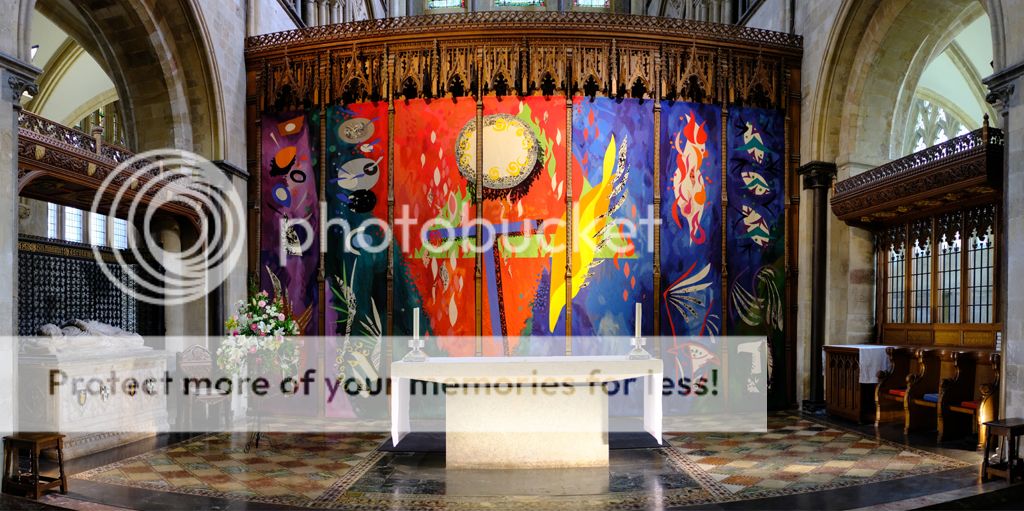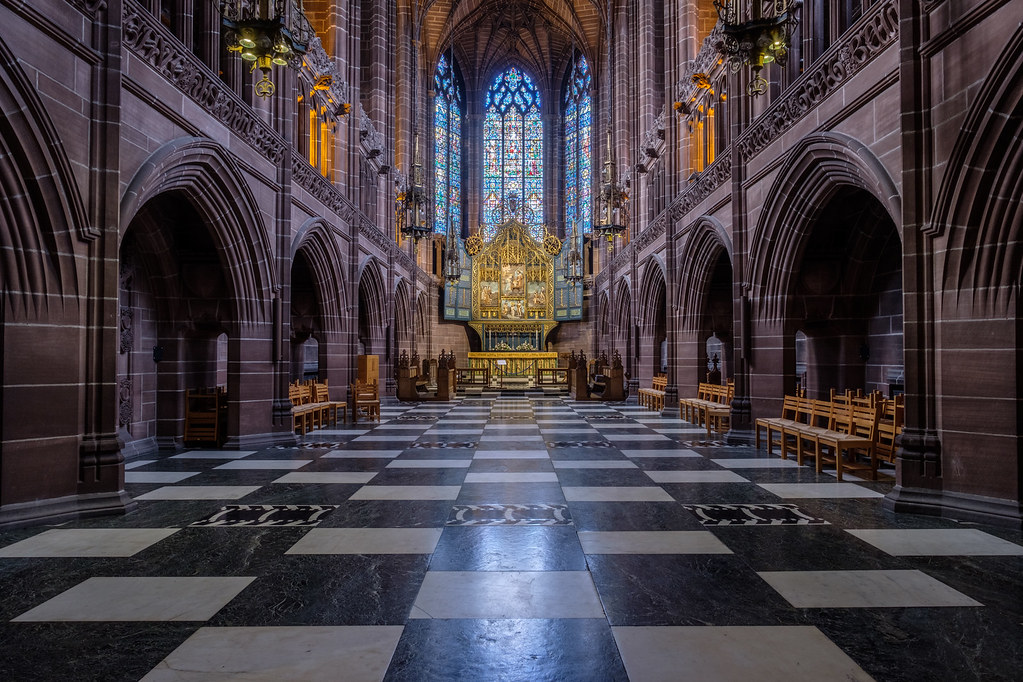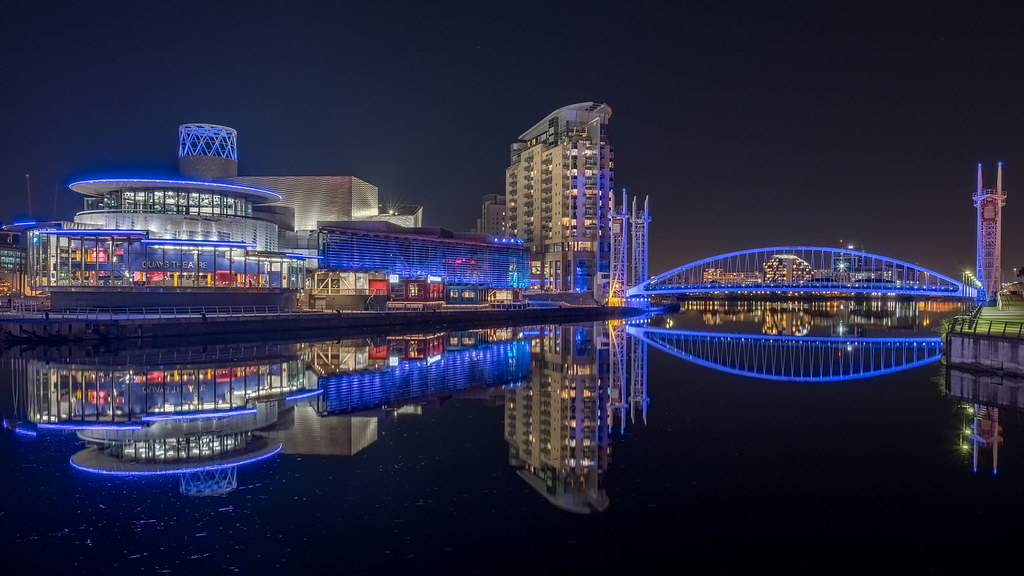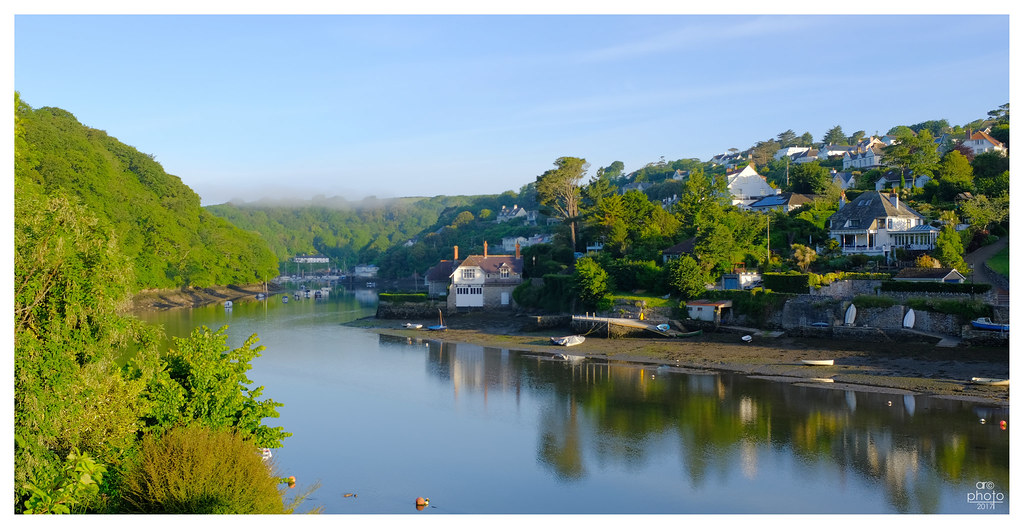- Messages
- 2,087
- Name
- Mark D
- Edit My Images
- Yes
Yep all works fine with X100F firmware update and if you remember to put in the SSID number from the printer into the camera instax settings....Has anyone tried the X100F with an Instax SP-3?

Yep all works fine with X100F firmware update and if you remember to put in the SSID number from the printer into the camera instax settings....Has anyone tried the X100F with an Instax SP-3?

Yep all works fine with X100F firmware update and if you remember to put in the SSID number from the printer into the camera instax settings....

Could anyone give me some advice on how to set up for nighttime HDR images please. I've not done this before but wanted to experiment. Did so and failed abysmally!
I was shooting 3 images with +/1 EV bracketing and then merging in Affinity photo. What I got was very noisy shadows and not the 'pop' I see on some of the images here.
Technical errors I noticed was using too high ISO and things in the image subject to motion over extended exposures.
Appreciate each image will require its own parameters but wondered if anyone had a good foundation from which to start? I looked for threads but most seemed to focus on the aesthetic and personal preference in post processing rather than the fundamentals.
Thanks in advance
Could anyone give me some advice on how to set up for nighttime HDR images please. I've not done this before but wanted to experiment. Did so and failed abysmally!
I was shooting 3 images with +/1 EV bracketing and then merging in Affinity photo. What I got was very noisy shadows and not the 'pop' I see on some of the images here.
Technical errors I noticed was using too high ISO and things in the image subject to motion over extended exposures.
Appreciate each image will require its own parameters but wondered if anyone had a good foundation from which to start? I looked for threads but most seemed to focus on the aesthetic and personal preference in post processing rather than the fundamentals.
Thanks in advance
Hi,
1. Tripod
2. Self timer or remote release
3. ISO 200
4. RAW format
That should nail it for you [emoji106]





Thanks very much, yes he's a cockerpoo, my sister in laws, treated like a baby !!!Nice dog, (cockerpoo? - I’ve got one, she’s a crazy mental clown [emoji3]).
Looks like the dogs nose and the sofa are on the same plane? If so maybe the dog moved and the sofa didn’t? Try a smaller aperture or a static subject to test your technique. Hope this helps.
Edit - just followed the link and you shot at f2, try stopping down a couple, should still give you some bokeh but a larger depth of field [emoji106]
Thanks very muchLooking on Flickr, perhaps the "moustache" is in the same focal plane as the sofa so that's what appears to be "in focus" but I think they both are due to DoF



Hate to tell you I told you so ...Back from a weeks holiday where I only took the X100F, have to say I'm very pleased with it...certainly the lighter load was very welcome. In fact I liked it that much I'm thinking I may sell one of my Nikon bodies and return to an X-Pro2 as a playmate to the F, had one previously but sold all my Fuji kit when I jumped over to Nikon.
FilzmoosX100F by Dave Young, on Flickr
FilzmoosX100F by Dave Young, on Flickr
FilzmoosX100F by Dave Young, on Flickr
Back from a weeks holiday where I only took the X100F, have to say I'm very pleased with it...certainly the lighter load was very welcome. In fact I liked it that much I'm thinking I may sell one of my Nikon bodies and return to an X-Pro2 as a playmate to the F, had one previously but sold all my Fuji kit when I jumped over to Nikon.
FilzmoosX100F by Dave Young, on Flickr
FilzmoosX100F by Dave Young, on Flickr
FilzmoosX100F by Dave Young, on Flickr
Hate to tell you I told you so ...
Three lovely shots Sir, particularly liking #2 & #3, well composed and nicely exposed with detail in highlights & shadows.
George.
It's a pity you can't shove a Nikon sensor in a Fuji.Haha! I have shot quite a bit with Fuji beforeTo be honest I still don’t think the IQ is as good as Nikon and processing is more difficult but the advantages of weight and wandering around with a small camera outweigh the negatives.

It's a pity you can't shove a Nikon sensor in a Fuji.
Been using my X100T alongside my D750 today and I can't fault the Fuji's IQ, colours and look... until I put up some Nikon files next to them. It's possibly better for black and white though.
View attachment 118803
work ok on your new XT2I've tried to use a circular polarizer on my X100F but it was a complete PITA. I had to abandon the lenshood altogether as I couldn't rotate the filter with the lenshood fitted. Has anyone here tried using a Linear Polariser on the X100?? Do these still need to be rotated to optimise the polarization when fitted to the lens?? I'm aware that I don't actually need a Circular Polarizer on a mirrorless camera BTW but I've never used a Linear one.

work ok on your new XT2
 I think my days of big cameras are done
I think my days of big cameras are doneYes, all polarisers need to be rotated. You might not need a hood for a typical polariser shot (the effect is most pronounced at right angles to the sun), but if you want to attach both it's probably best to get a hood that fits the front filter thread of the polariser.I've tried to use a circular polarizer on my X100F but it was a complete PITA. I had to abandon the lenshood altogether as I couldn't rotate the filter with the lenshood fitted. Has anyone here tried using a Linear Polariser on the X100?? Do these still need to be rotated to optimise the polarization when fitted to the lens?? I'm aware that I don't actually need a Circular Polarizer on a mirrorless camera BTW but I've never used a Linear one.
It's as I thought then, a linear one will be as much bother as my current circular one - I might as well continue with the one I have. Thanks for the info though
 Newton Ferrers_2 by Andrew R, on Flickr
Newton Ferrers_2 by Andrew R, on FlickrLovely colours and composition. Yes, for some reason, to me the X100F is crisper than the X-T2. Or appears so.
Missed the sony badge[emoji4]Talking of which, I'm now debating if I still need the X100F for the little difference in size.
Image crudely edited to protect those of a nervous disposition.
View attachment 119051

